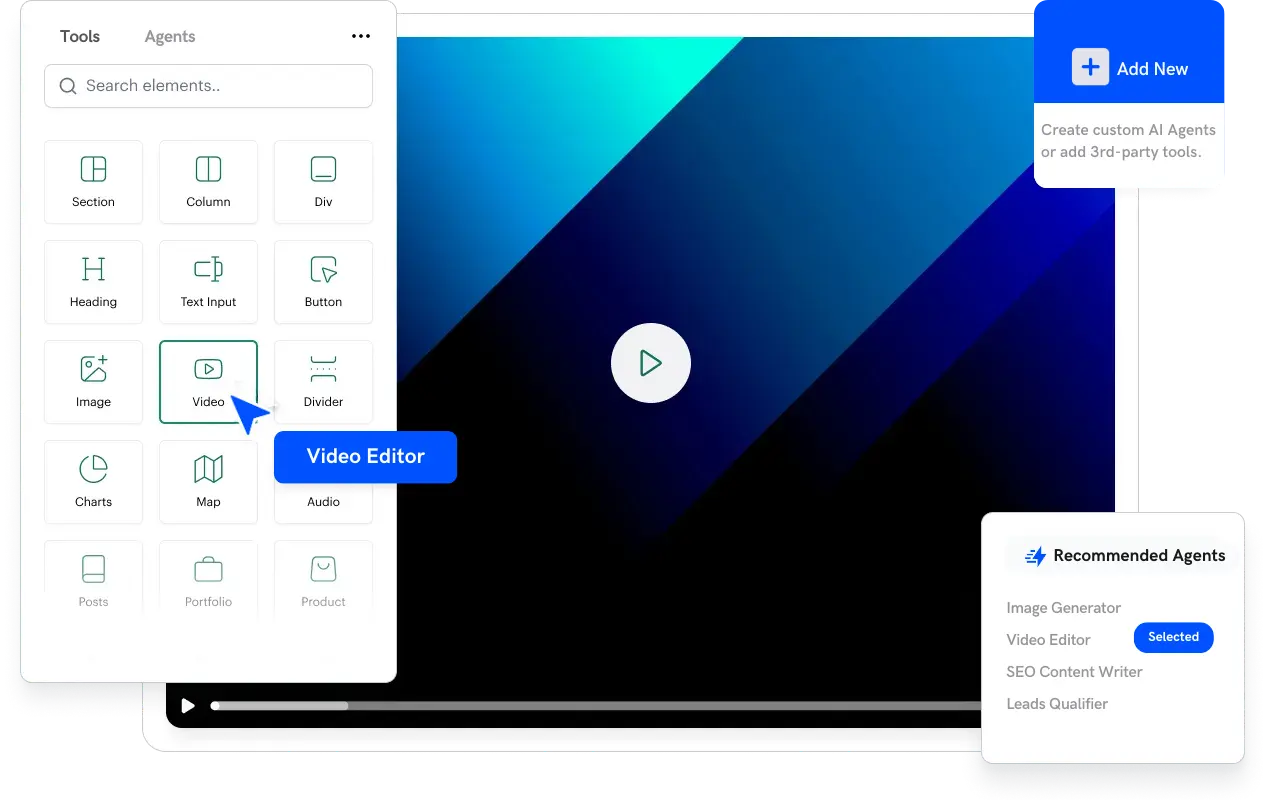Introduction
As AI continues to reshape industries, organizations must prepare for a future where AI is deeply integrated into every aspect of business operations. A report by PwC estimates that AI could contribute up to $15.7 trillion to the global economy by 2030, highlighting the urgency for companies to adapt. This article provides a comprehensive roadmap for preparing your organization for an AI-driven future, addressing key areas such as technology integration, workforce reskilling, and strategic planning.
Building a Robust AI Strategy
Developing a clear AI strategy is the first step toward successful integration. Consider the following components:
- Vision and Goals:
Define what you want to achieve with AI—whether it’s increased efficiency, better customer service, or enhanced innovation. - Technology Assessment:
Evaluate current systems and identify areas where AI can add value. - Budget and Resources:
Allocate sufficient resources for AI initiatives, including hardware, software, and talent.
Workforce Reskilling and Upskilling
AI adoption inevitably changes job roles. Preparing your workforce involves:
- Skill Gap Analysis:
Identify which roles will be affected and determine the skills required for the future. - Training Programs:
Invest in continuous learning initiatives—partner with educational institutions or use online learning platforms. - Employee Engagement:
Communicate the benefits of AI and involve employees in the transition process. A study by McKinsey revealed that companies investing in reskilling programs see up to a 25% increase in employee productivity and engagement.
TurboMode AI Spotlight
TurboMode AI serves as a prime example of how AI-driven platforms can streamline workflows and enhance productivity. By converting conversations into actionable tasks, TurboMode AI prepares your organization to operate more efficiently in an AI-driven future.
“We’re shifting the game from managing work to getting work done.”
Book a demo today to discover how TurboMode AI can accelerate your digital transformation.
Implementing AI Technologies
When integrating AI into your organization, consider the following best practices:
- Pilot Projects:
Start small by implementing AI solutions in one department and gradually scale up based on results. - Integration with Existing Systems:
Ensure that new AI tools integrate seamlessly with your current software and workflows. - Data Infrastructure:
Build a strong data foundation to support AI initiatives—ensure data is accurate, secure, and accessible. - Partnerships:
Collaborate with technology vendors and consultants who specialize in AI to guide your transformation.
Fostering a Culture of Innovation
An AI-driven future requires a culture that embraces change:
- Encourage Experimentation:
Allow teams to test new ideas and technologies without fear of failure. - Reward Innovation:
Recognize and incentivize employees who contribute to AI-driven projects. - Transparent Communication:
Keep employees informed about AI initiatives and how they will impact daily operations.
Future Trends and Considerations
Looking ahead, organizations must stay informed about emerging trends in AI:
- Explainable AI:
Develop systems that provide transparent decision-making processes. - Ethical AI:
Implement frameworks to ensure AI systems operate ethically and without bias. - Continuous Learning:
Keep up with the latest advancements in AI technology and adjust your strategies accordingly.
Conclusion
Preparing your organization for an AI-driven future is a multifaceted challenge that requires strategic planning, investment in technology, and a commitment to workforce development. By adopting a robust AI strategy, investing in reskilling programs, and leveraging advanced platforms like TurboMode AI, your organization can navigate the digital transformation with confidence and agility. Embrace these changes to drive innovation, enhance productivity, and secure a competitive edge in the evolving business landscape.





